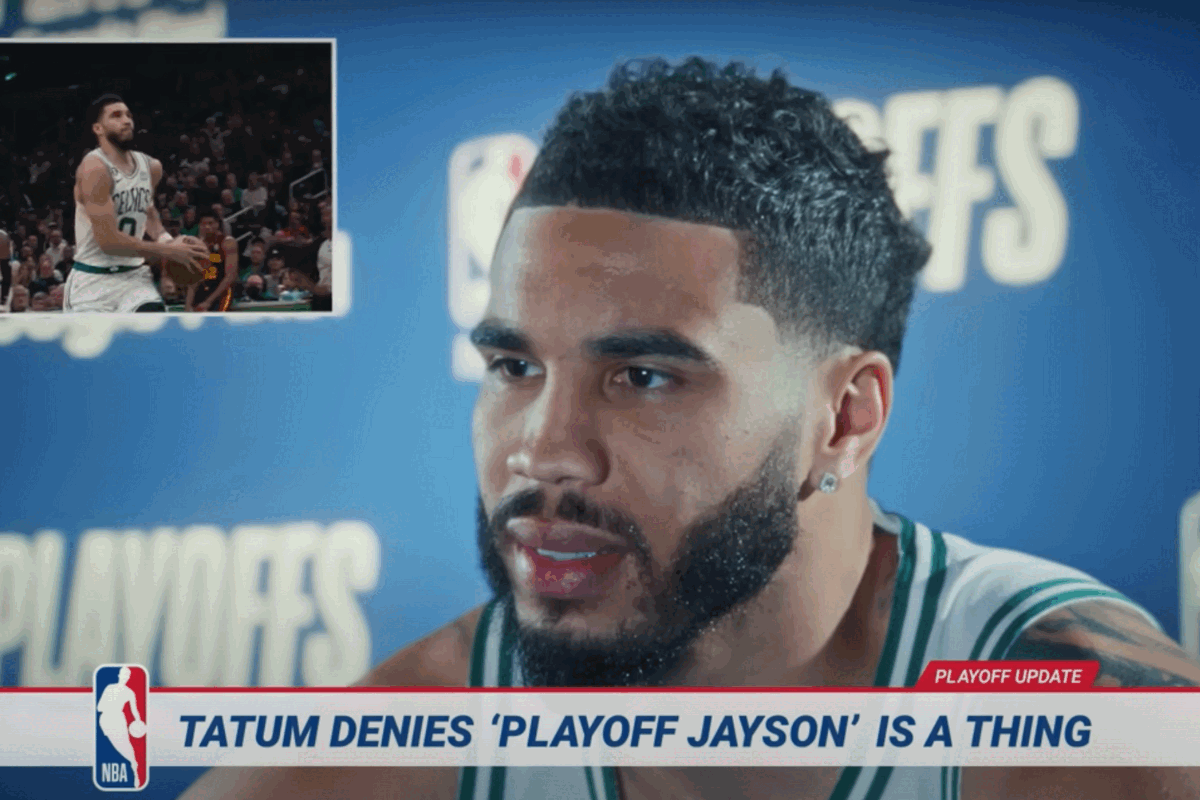All Ads Up: Sizmek talks mobile advertising
- Monday, June 5th, 2017
- Share this article:
Tyrone Stewart talks everything mobile advertising with Andrew Morsy, UK managing director at open ad management company Sizmek and former VP of sales EMEA at StrikeAd – which was acquired by Sizmek in 2015.

MM: How important is it to embrace programmatic despite recent controversies surrounding things such as inappropriate ad placement?
AM: With brand safety, placement of ads with inappropriate content is something that happens without it necessarily being a programmatic buy. I think the concerns around it are simply heightened because clients are now getting closer to understanding how truly scaled buying, and truly scaled audience buying, works. They’re realising you have to apply best practice, you need to apply technology, you need to invest.
The important thing is not to demonise the method in which we trade the media between publisher and exchange buying platform and, ultimately, advertiser. We need to not demonise that process, but do far more to educate everybody involved as to how they should be operating. I think there’s been strong examples of this education since day one with companies. The biggest ones, like Google and AppNexus, have done a good job where they can of educating their buyers and their clients about how to use these technology tools.
With programmatic trading of inventory, you’ve got enormous benefits – scalability, audience targeting, fantastic metrics you can get on the backend. Now what we’re seeing is an industry built on the back of it around measurement and verification, and I think that’s entirely healthy as long as we don’t get too involved at looking to blame a particular entity or player in the space. A lot it is driven by the relationship mechanics changing so much. Traditional media agencies are under a lot of pressure to evolve so, subsequently, when they have client relationships and anything around brand safety, it’s a one chance situation. So, the pressure around it is heightened.
I feel quite confident. There’ll always be isolated incidents but now we’re seeing companies enter the opportunity that programmatic provides with the right information. Certainly now, the investment in verification technology, measurement technology and brand safety technology is increasing – and I think that’s all positive.
MM: You mention blaming and demonising sections of the industry, how important is teamwork to between different players to ensure this?
AM: One of the biggest challenges with the way that the industry works is daisy-chaining of expectation. For example, a client will be won by hearing a certain story, a certain condition, from a potential partner. That partner almost certainly has to go out and work with other companies to bring that vision to life and then, consequently, that partner will use other technologies to try to execute.
An example might be where a brand works with a network agency, the network agency works with an independent trading desk, the trading desk works with a DSP, a DSP works with an SSP, an SSP buys from a publisher, and that publisher may be an aggregator themselves. So, you see, there are six-seven-eight hands that the burden of expectation is passing to. The chances of all of those players being sat in the same room, getting on the same page with the same commercials, the same understanding of what the campaign will be is so unlikely. I haven’t even included creativity in there – the concept of a creative agency, a design process, something that references brand equity.
You end up with, as is human nature, people just looking to get things done. So, they shorten their explanation, they miss things out, they don’t pass on important information. Unfortunately, I think that plays into the hands of the very big players in the industry.
I would say the collaboration is key. I think that’s why you see success where companies build very strong relationships with the companies that create and build the technology. The best commercial relationships I’ve ever had have been when I’ve been working with a media agency and a client together, and that the three of us understand the same things. And it’s always been the same with any commercial team that I’ve led. All your commercial opportunities are sat in a room with the end buyer of your product, as well as the custodian of their trust, and you make that relationship work.
If you sit too far down that chain waiting for the information to come to you then it can be very difficult to get the right results. It’s far better to have a commercial strategy where you’ve got clients and agencies educated on the technology they’re using. Ultimately, then any success or any challenges can be handled in the right way because there’s trust and understanding in collaboration across the board.
MM: You briefly mentioned creative, what are your views on a growing number of companies switching to in-house creative?
AM: Whatever works best for that particular brand. The reality is that most marketers will have to make decisions based upon practicalities, as well as what their ultimate desire is for execution. I think having things in-house is highly beneficial in many ways, but also you potentially miss out on the expertise of a third-party that is 110 per cent focused on creativity and the production of great ads. So, I think there’s positives and negatives. It’s a decision that most marketers have to make themselves, depending on their budgets and their planning cycles.
MM: What do you feel the future holds for mobile creative in particular?
AM: What we’ve seen with mobile is how it’s impacted video advertising enormously. In fact, video advertising has become something very different – with shorter creative and a snappier approach to the consumption of the media.
I think there’s going to be a real push toward getting ads to complement the fact they’re on a mobile device. So, quick loading, light creative which performs well in that environment and strikes the balance between being impactful and non-intrusive. I think those will be the primary things that you’re going to see. Certainly, there’s an opportunity with mobile given the different types of data that are available through location etc. to perform different outcomes with the creative compared to desktop. I think those things will be key.
The IAB’s push against ads that use interstitial formats is a positive one. I think a lot of publishers have been guilty of looking at dollar signs rather than consumer experience. That being said, there is a balance between monetisation and creativity that has to be struck.
MM: Looking specifically at video, how important do you think it is for advertisers to embrace vertical?
AM: I think it’s a natural evolution. Video content was, in many cases, initially created as a single piece of copy. Now, to build just one 30-second TV ad, to show that ad in cinema, to show that ad across all screens on the internet – Facebook or whatever – is probably not considered a great planning strategy from a creative production perspective. So, yes, vertical video is important. For me, it shows an evolution of advertising catching up with consumer behaviour – that’s always been the gap. Mobile was one enormous leap, and then there are smaller shift changes once they’ve made that leap. If consumer behaviour changes, the eyeballs change where they’re focusing – so to speak – then the advertising dollars follow. If consumers prefer to consume content in portrait because their feeds work that way on smartphones, because their content goes top to bottom, turning the device requires two hands typically so it’s less agile. That tiny step – holding your phone upright versus with two hands on the side in landscape – is quite an enormous difference.
Getting people to watch videos to completion, getting people to look at the content in the right way, and also the way that it looks on the screen – filling the screen, using the real estate correctly – is definitely important. It’s one of many developments where creativity is catching up with consumer behaviour because consumers have been holding their phones in portrait forever. And now vertical video is a big noise, it’s more of a production piece. Being able to do vertical video, yes you need to creative format for it, but you need production teams to shoot vertical video and conceive advertising strategies that include vertical video – much as you have to conceive video strategies that include 360 videos. It’s the same premise for me. How do you use that to create a better ad campaign? So, I think it’s one as much for the creative agencies as it for the technologies and the ad servers.
I think video is particularly strong when it’s coupled with audio. Audio visual recall rates are much higher. TV advertising, which is effectively the biggest form of audio visual, has incredibly strong recall rates so that is where I see the real strength of video – in videos that are played with audio on.
MM: How do you think brands, marketers and advertisers overcome the challenge of most people opting to rarely have volume on?
AM: I don’t think that’s an easy one, to be honest. You have to build an advert that takes that into consideration – ask somebody to engage with the ad in order to initiate audio or build an ad that works without sound, or acknowledge that the sound is off in the creative. I think it’s like any creative process, you have to consider the challenge and respond. How can you, from a creative perspective, engage the consumer to mitigate that situation. Maybe a utopia would be a tag that understands whether the consumer has volume switched on or not – if they did, then play audio; if they don’t, then play a different version of the ad. That’d be nice.
MM: Moving on, I want to talk about location targeting. How important is it for marketers to use it?
AM: The opportunity is enormous. I think when there is an initial mention of location advertising, the traditional thought process starts with geotargeting or geofencing certain areas and then broadcasting your adverts to people only in those areas. I think when geolocation started being talked about as a currency, that’s the first way people were thinking: “So, I can target everybody in Manchester or everybody in this postcode area of Birmingham or London”. People were interested by that, and they still continue to be interested by that, because it helps to reduce wastage, it helps you understand where your ads are being served and you can serve relevant advertising of certain products and services in that area.
I think what’s far more interesting, and what was a later stage evolution of that, is historical location data of devices as a proxy for audience – that is where I see the greatest opportunity and greatest ongoing interest and investment. If the truth be told, it’s completely different to the way that the internet has worked – from an advertising perspective – once you incorporate mobile location data. Taking a cookie or a set of cookies from desktop browser usage and using that to inform you who’s seeing your ads, whether it’s deterministic or an assumptive based model, is very different to understanding where somebody has been in real-time over many weeks and months, what those places are, how that correlated to real life events. What consumer profile you can build up. It’s incredibly nuanced, it’s incredibly early but incredibly interesting. And, when you start to piece it altogether, you get a promise of user profiling that is far beyond what a cookie can offer you. It’s enormous as an area of interest and relevance, and it will only increase. As a data set, it’s tremendously.















